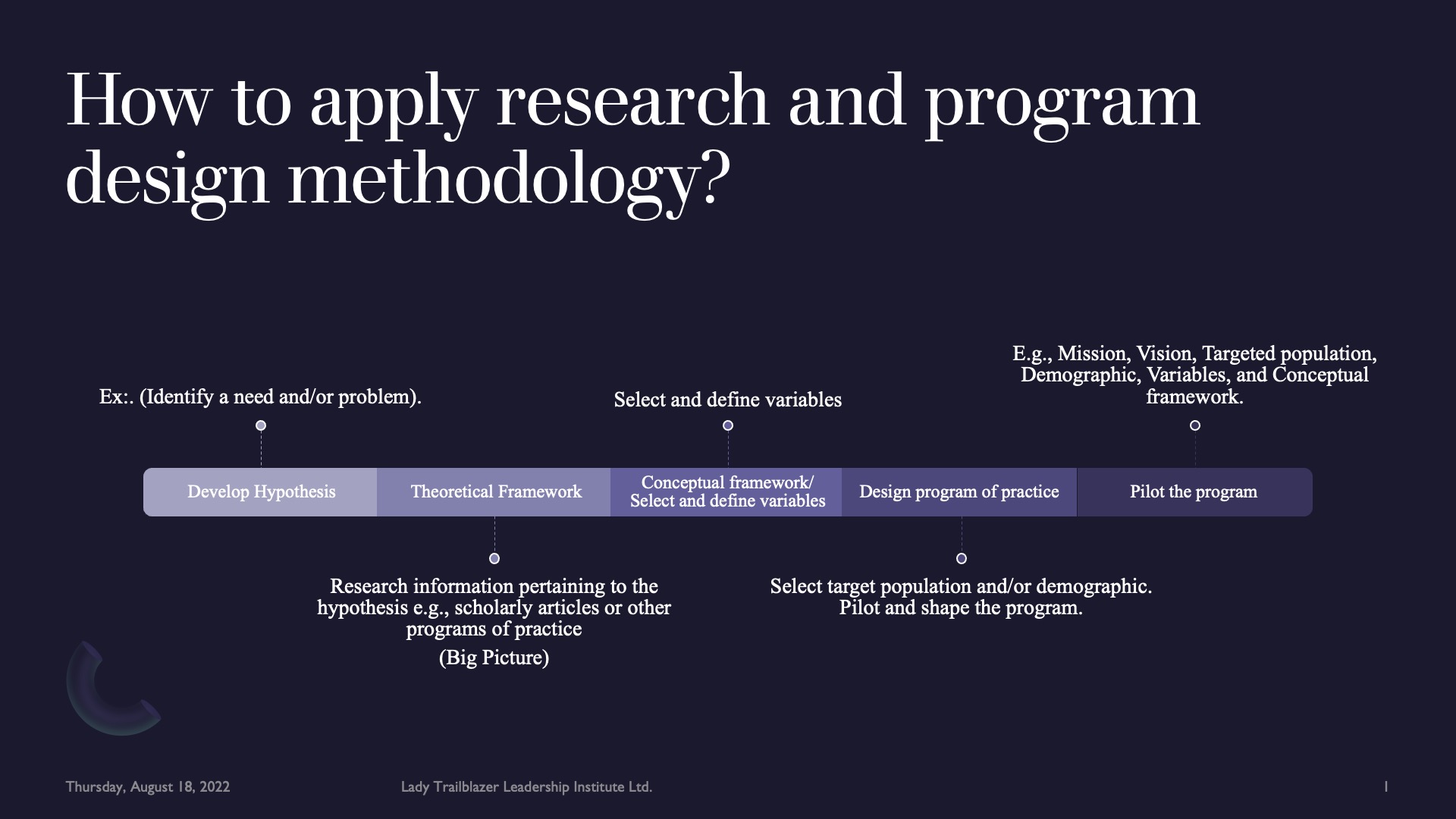Carpenter & Acosta (2005) and Robelen & Rolison (2003) acknowledge that for the past 50 years, the implementation of multiple policies has improved women’s persistence in STEM and yet has not improved its underrepresentation (Beede et al., 2011).
My research interest in the underrepresentation of women in Science, Technology, Engineering, and Mathematics (STEM), stemmed from multiple factors. Having been the adolescent girl in the classroom, the college student, and professional of a twenty-year career in a male-dominant field, unquestionably, had its share of challenges.
To better understand the complexity of this underrepresentation, it was important to investigate self-efficacy in STEM that was established during adolescence through the lived experiences of accomplished women in STEM.
The results of this study uncovered four significant findings specific to women in STEM which would aid in advancing STEM education by a) educational awareness of shaping self-efficacy among girls, and its’ influence of persistence through the lived recollections of women in STEM, e.g., academic and career pursuits; b) unpack educational practices through the lens of women in STEM of how girls connect to math and frame STEM-driven interests through the association of patterns, shapes, and/or numbers, therefore, shaping identity and cementing underexplored abilities for math.
My message to girls and women, your persistence matters!
“When Girls’ Persist, Women Thrive” (Stewart, 2020)
Carpenter & Acosta (2005) and Robelen & Rolison (2003) acknowledge that for the past 50 years, the implementation of multiple policies has improved women’s persistence in STEM and yet has not improved its underrepresentation (Beede et al., 2011).
My research interest in the underrepresentation of women in Science, Technology, Engineering, and Mathematics (STEM), stemmed from multiple factors. Having been the adolescent girl in the classroom, the college student, and professional of a twenty-year career in a male-dominant field, unquestionably, had its share of challenges.
To better understand the complexity of this underrepresentation, it was important to investigate self-efficacy in STEM that was established during adolescence through the lived experiences of accomplished women in STEM.
The results of this study uncovered four significant findings specific to women in STEM which would aid in advancing STEM education by a) educational awareness of shaping self-efficacy among girls, and its’ influence of persistence through the lived recollections of women in STEM, e.g., academic and career pursuits; b) unpack educational practices through the lens of women in STEM of how girls connect to math and frame STEM-driven interests through the association of patterns, shapes, and/or numbers, therefore, shaping identity and cementing underexplored abilities for math.
My message to girls and women, your persistence matters!
“When Girls’ Persist, Women Thrive” (Stewart, 2020)


